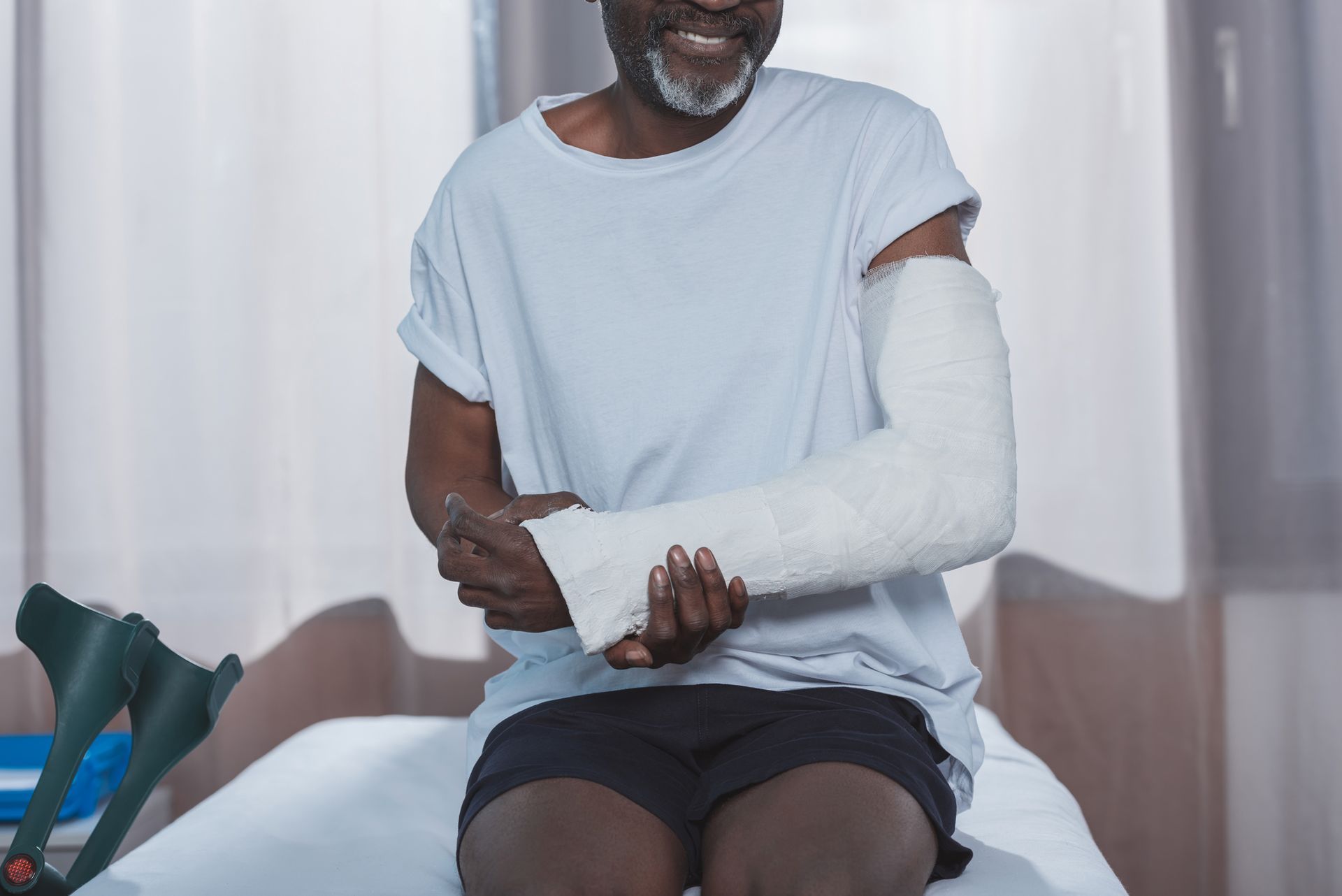Helping Folks in Savannah for Over 40 Years
Call to Speak With an Attorney | (912) 236-6161
Unseen Hazards: Understanding The Crucial Evidence In Slip-And-Fall Cases
- By Jones, Boykin & Associates, P.C.
- •
- 27 Feb, 2024

Navigating a slip and fall can be as unexpected as it is harrowing. However, if you've unfortunately experienced such an event, understanding the evidence required to support your case becomes paramount. From documentation to witness accounts, each piece of evidence is a vital thread in the fabric of justice.
The Immediate Imperative of Documentation
As with any legal matter, documentation serves as the foundation of a solid case in slip and fall incidents. Immediately after the fall, it's crucial to document the scene with as much detail as possible. Take photographs of the area from various angles, highlighting the cause of the fall – whether it's a spill, a damaged floor, or inadequate lighting. In addition, keep any clothing and shoes worn at the time of the incident, as their condition can provide critical evidence.
Another aspect of documentation is to file an incident report with the property owner or manager. If there were witnesses, be sure you have their contact information and request a copy of the report for your records. This initial documentation will bolster your claim's validity, ensuring important details don't go unnoticed or undocumented.
Witnesses: A Testimony to the Incident
Witness accounts can serve as invaluable evidence in a slip-and-fall case. Each witness offers a unique perspective and can strengthen your claim. It's crucial to gather accounts from any individual who saw you fall – their objective take can corroborate your narrative.
In the aftermath of the fall, ask witnesses for their version of events and ensure you have their contact information, including names and phone numbers. Their testimonies often form a crucial piece of evidence supporting your version of the incident. If you enlist the assistance of a legal professional, they can help guide you in the best way to gather and utilize witness accounts.
Preserving Physical Evidence
Preservation of physical evidence is often overlooked but can be vital in proving liability. Whether it's a chunk of uneven sidewalk, a piece of defective flooring, or the shoes you were wearing, these items require careful preservation following the fall.
In cases of damage or changes, retain the property as it was at the time of the fall. For example, if the accident occurred due to a spill, ensure a sample of the fluid is preserved. The same goes for any torn or soiled clothing. These items can be forensically examined, supporting your claim of negligence.
Surveillance: Cameras as Silent Witnesses
Many public and private properties maintain surveillance cameras for safety and security purposes. In the event of a slip and fall, camera footage could be the most objective evidence available.
It's important to act swiftly and request that the footage be preserved as soon as possible after the fall. This prevents the footage from being overwritten or lost over time. If camera footage supports your version of events, it can be a compelling piece of evidence. Conversely, if the footage is not in your favor, it still prevents the opposing party from using it as evidence against you.
Medical Records: The State of the Victim
The injuries sustained in a slip and fall are perhaps the most immediate and visible evidence. Seek medical attention promptly after the fall, even if your injuries seem minor. Delays in treatment can be exploited by the defense to downplay the incident.
Your medical records should clearly detail your injuries and the treatment received. They serve as a confirmation of the fall's impact and the harm caused, which is a critical component of any personal injury claim. Keep a copy of every medical document or bill related to the incident.
The evidence in a slip-and-fall case is not only about proving the harm but also about establishing accountability. Be proactive, be thorough, and let the evidence speak for you in the pursuit of justice. If you have been involved in a slip-and-fall accident, contact our office today.
CONTACT INFORMATION
Email: jbsalaw@comcast.net
Address: 213 E 38th St., Savannah, GA 31401
Hours of Operation:
| Mon-Fri | 9:00 AM - 5:00 PM |
| Sat-Sun | Closed |
| Call for an Appointment! | |
OUR LOCATION
BROWSE OUR WEBSITE
CONTACT INFORMATION
Email: jbsalaw@comcast.net
Address: 213 E 38th St., Savannah, GA 31401
Hours of Operation:
| Mon-Fri | 9:00 AM - 5:00 PM |
| Sat-Sun | Closed |
| Call for an Appointment! | |